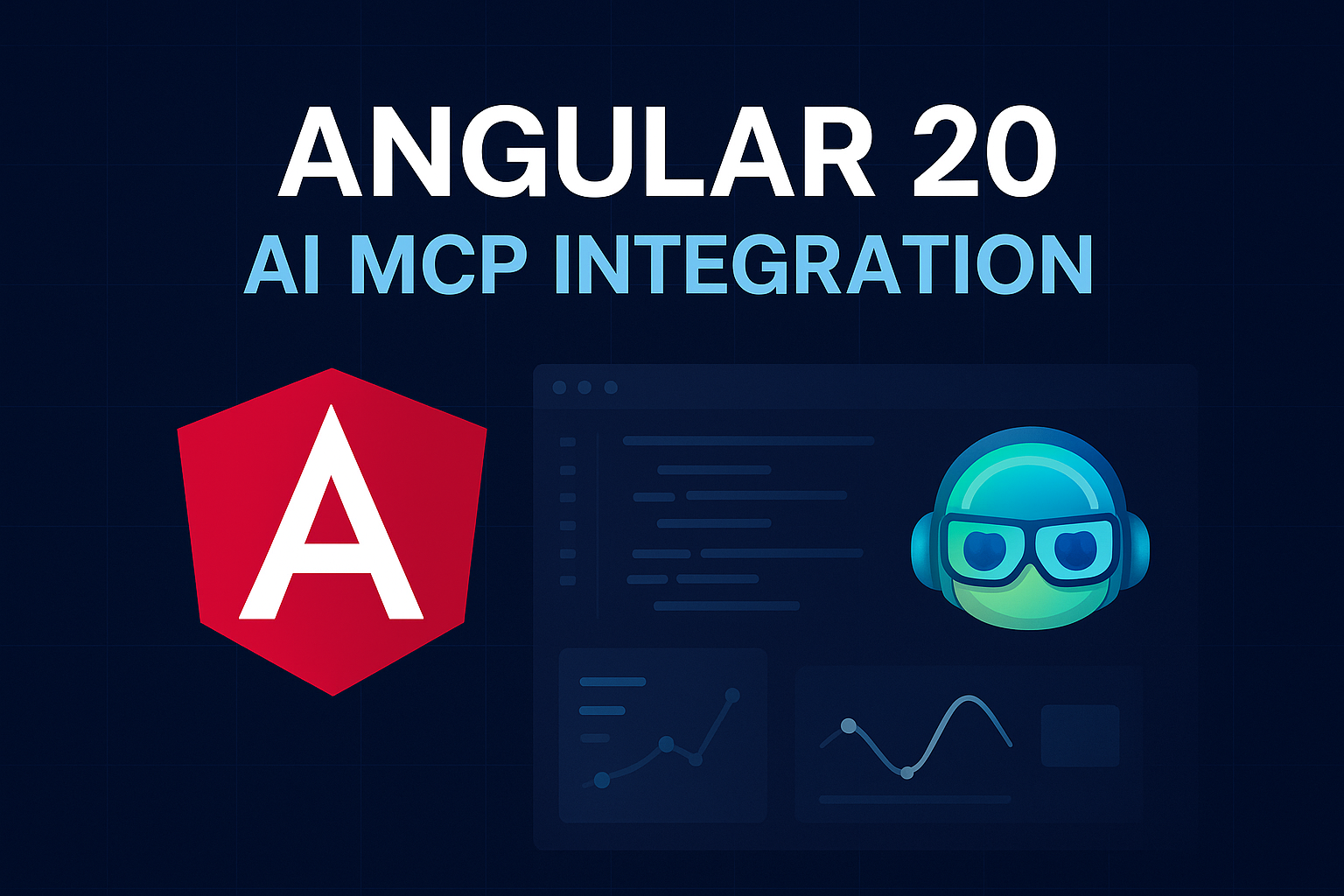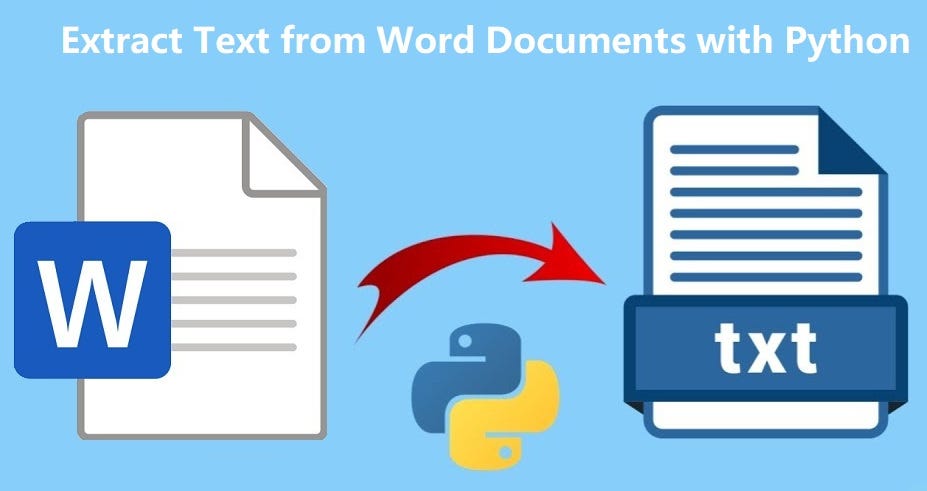Curious about the differences between OpenAI Codex and GitHub Copilot? Both are powerful AI tools for developers, but they serve different needs. If you’ve wondered which one is right for your coding or testing workflow – read on!
TL;DR
- GitHub Copilot: A ready-to-use AI assistant, directly integrated into your favorite IDE (like VS Code). Focused on real-time code suggestions as you work.
- OpenAI Codex: The AI engine behind Copilot, available as both an API and command-line tool. Perfect for building custom developer helpers and automating unique workflows.
- Bottom line: Copilot wins for plug-and-play use in IDEs, Codex leads for flexibility in custom coding solutions.
Short Review
The original source of this article reviews Codex and Copilot for beginner and junior developers. It’s a great intro to AI-powered software development and testing.
For those seeking deep technical dives (e.g., which AI is better for code testing), always check official GitHub or OpenAI guides, community tutorials, or real-life cases with tools like GitHub Actions, pytest, or Jest.
Want to go further? Explore guides like:
- “Writing tests with GitHub Copilot”
- “AI-Powered Test Automation: How GitHub Copilot and Applitools Can Help”
What is OpenAI Codex?
OpenAI Codex is an advanced AI model designed to translate plain-English instructions into functional code. Built upon OpenAI’s GPT technology and trained on tons of public code, it’s helpful for everything – from generating code snippets to building entire apps.
Key strengths:
- Converts natural language inputs into working code
- Supports multiple languages: Python, JavaScript, Ruby, Go, Rust, and more
- Flexible API for integration into your own apps or workflow systems
- Can explain, debug, and improve code
Typical uses:
- Building custom dev tools and AI-powered assistants
- Rapid prototyping and experimentation with new languages
- Automating enterprise development processes
Note: To use Codex, developers work with an API or CLI – not just a point-and-click plugin.
What is GitHub Copilot?
GitHub Copilot is an AI coding assistant that gives real-time code suggestions directly in supported IDEs (like Visual Studio Code). It helps you code faster with smart autocompletion, generating functions, and even understands context from comments or partially written code.
Why developers love Copilot:
- Instant, context-aware code suggestions as you type
- Super simple to install – just add a plugin to your IDE
- Supports a wide range of languages and frameworks
- Learns from the code around your cursor, boosting suggestion quality
Perfect for: speeding up programming, learning new languages, or knocking out repetitive tasks.
Key Differences: Side-by-Side
| Feature | OpenAI Codex | GitHub Copilot |
|---|---|---|
| Integration | API/CLI (for custom tools) | Direct plugin in IDE |
| Ideal Audience | Teams building custom solutions or automations | Anyone coding daily in an IDE |
| Real-Time Help | No | Yes |
| Flexibility | Maximum – custom apps & automation possible | Focused on IDE usage |
| Pricing Model | Usage-based, via API | Flat monthly subscription |
Who Should Use What?
- If you want plug-and-play coding assistance straight inside your IDE, Copilot is for you.
- If you’re building complex or automated coding tools, or want to integrate AI into larger business platforms, go for Codex.
Developer Feedback (Pros & Cons)
Codex pros:
- Highly customizable
- Not limited to IDE
- Great for complex/multi-step coding problems
Cons:
- Needs API/CLI setup
- Less direct for routine IDE work
Copilot pros:
- Easy to install and use
- Real-time, context-aware suggestions
- Great for repetitive/code-heavy tasks
Cons:
- Can’t customize beyond built-in features
- Not suited for non-IDE coding automation
Conclusion
Both OpenAI Codex and GitHub Copilot are innovative tools that bring the power of artificial intelligence to software development.
- Codex: Best for advanced, customized coding help, automation, and enterprise solutions
- Copilot: Best for day-to-day coding inside an IDE, boosting productivity, and learning new frameworks
Try both—and pick what suits your workflow!






About The Author: Yotec Team
More posts by Yotec Team